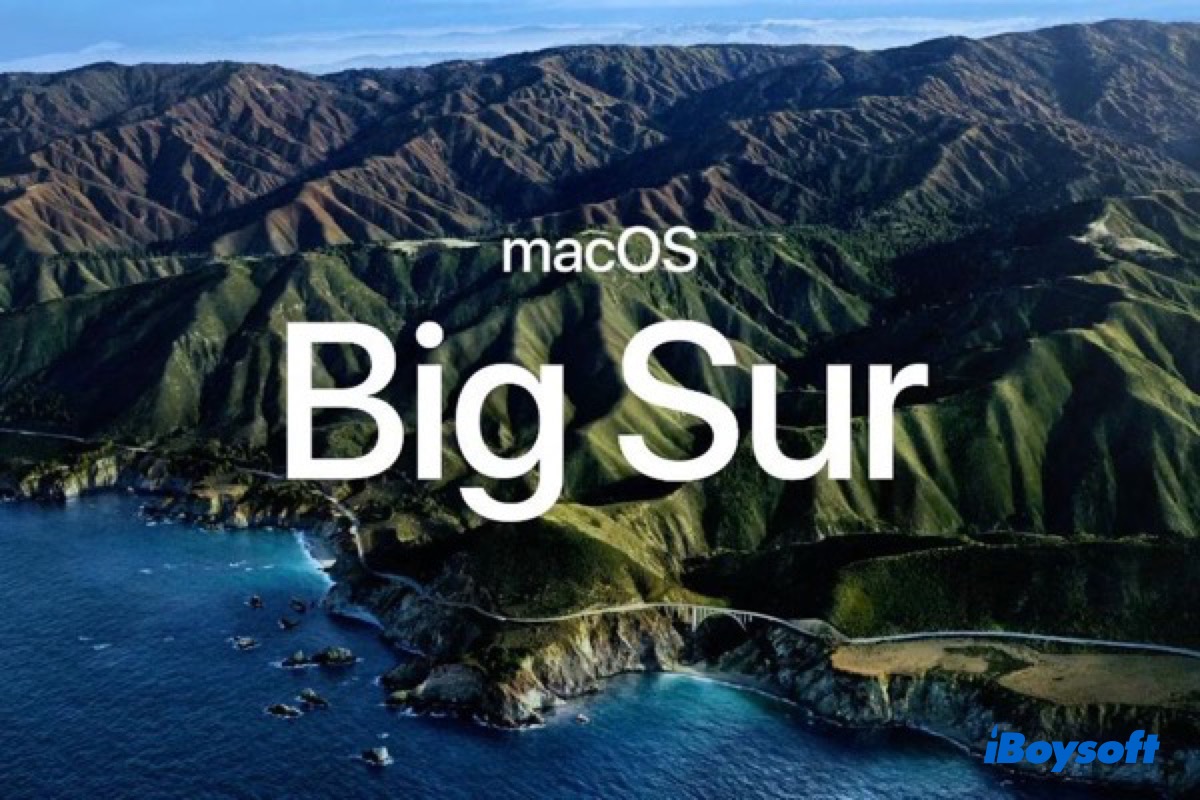When you see the file system verify or repair failed. : (-69845) on your Mac, it usually means the drive you're repairing has file system corruption, which can be caused by sudden power failure, catalog file corruption, invalid volume header, virus attacks, etc.
To fix the external drive File system verify or repair failed. : (-69845), you can reformat the drive and sign a new partition map and file system to it. However, reformatting could erase all data on your external disk, you need to recover data from it first to avoid data loss before reformatting. For the partition that mounts fine, you can simply copy files from it and paste them to your Mac.
Since the verify problem occurs on your Time Machine partition, you can't access the files on this partition directly. Luckily, you can use iBoysoft Data Recovery for Mac to retrieve data from an external drive with a file system error on Mac.
This powerful app is capable of finding and recovering data from unmountable external drives, flash drives, memory cards, SD cards, etc. It's compatible with macOS 13/12/11/10.15/10.14/10.13/10.12 and OS X 10.11. To recover your important data on your external disk, do the following:
- Free download, install and launch iBoysoft Data Recovery for Mac on your MacBook.
- Select the corrupted/damaged Time Machine volume and click the Search for Lost Data button to scan for all data.
- Preview the search results. Once the scanning process is completed, choose the files you need, and click Recover to get them back. DO NOT save the recovered files to the damaged drive, save them to your Mac instead to avoid data loss.
Now if you've confirmed that all the files you need on this external drive have been recovered, you can format the external hard drive in Mac Disk Utility. When finishing reformatting, connect the drive again to your MacBook. It should be mounted successfully.
If you don't want to reformat your external drive, maybe you can try fsck in Mac Single User Mode to see what happens. If you're lucky, maybe the fsck command can repair your disk.


